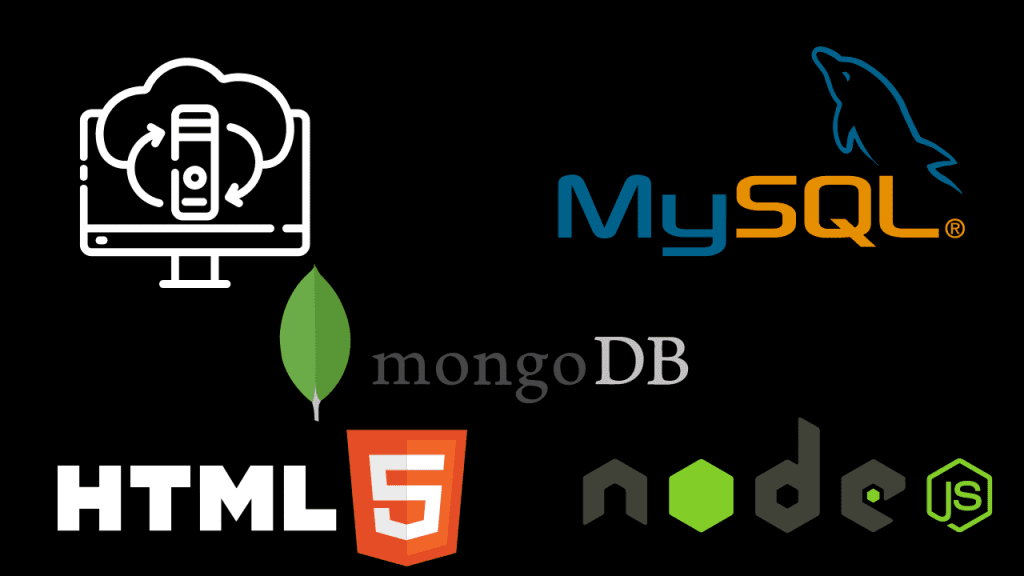Pros of MongoDB:
- Flexible data model: MongoDB’s document-oriented data model provides a flexible structure for storing data in a non-relational format. This makes it ideal for handling unstructured data types that can change over time, without needing to change the database schema.
- Scalability: MongoDB is designed to scale horizontally, allowing for distributed databases to be created across multiple servers. This makes it ideal for handling large datasets, big data analytics and high traffic web applications.
- High performance: MongoDB can handle large amounts of data with high performance and low latency, due to its memory-mapped storage engine and indexing capabilities.
- Open-source: MongoDB is an open-source database, which means that it’s free to use and has a large community of developers who contribute to its development and maintenance.
- Easy to use: MongoDB’s document-oriented model is intuitive and easy to learn for developers who are familiar with JavaScript or similar languages. It also offers a simple and user-friendly query language, which makes it easier to retrieve data from the database.

Cons of MongoDB:
- Limited transaction support: MongoDB’s design does not support traditional ACID transactions, which may make it unsuitable for applications that require strict transactional consistency.
- Memory usage: MongoDB’s in-memory storage engine can use a significant amount of memory, which can lead to performance issues on low-memory systems.
- Query performance: While MongoDB provides fast querying capabilities, it may struggle with complex queries that involve multiple collections or require joins between documents.
- No built-in security: MongoDB does not provide built-in security features, which means that developers need to implement their own security measures to protect against potential security threats.
- Data consistency: MongoDB’s document-oriented model allows for data duplication, which can result in data inconsistencies if not managed correctly.

